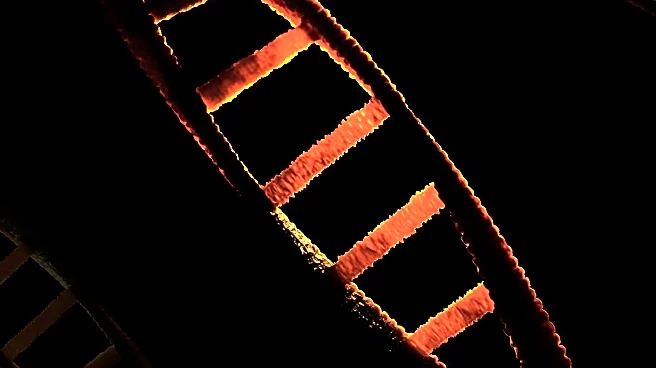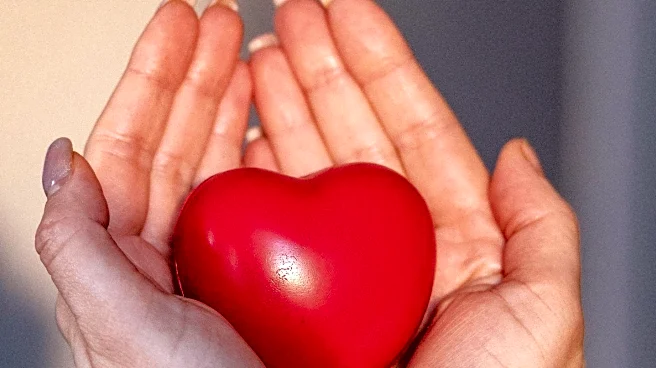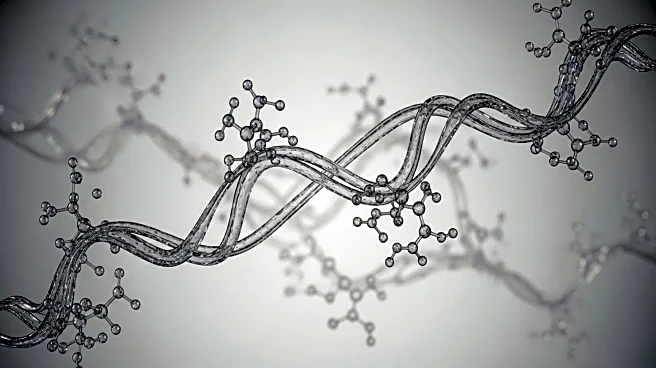What's Happening?
Recent advancements in spatial biology techniques have led to the development of micropatterning methods that significantly improve the spatial organization of human cardiomyocytes. These techniques address the limitations of traditional cardiomyocyte models, which often fail to replicate the geometry and organization observed in adult cells. By guiding the spatial arrangement of cardiomyocytes, researchers have achieved a precise cell adhesion pattern, enhancing the bioenergetic output of these cells. Transmission electron microscopy analyses have revealed ultrastructural improvements in micropatterned cardiomyocytes, including better organization of the mitochondrial network relative to myofibrils and the sarcoplasmic reticulum. This spatial regulation promotes the formation of linear and aligned cardiac microfibers, mimicking the geometry of primary adult cardiomyocytes.
Why It's Important?
The development of micropatterning techniques in cardiomyocyte research holds significant implications for the field of regenerative medicine and cardiac health. By improving the spatial organization and efficiency of cardiomyocytes, these techniques could lead to more effective treatments for heart diseases, potentially reducing the need for invasive procedures. The ability to replicate adult cardiomyocyte geometry in vitro provides a valuable model for studying heart function and disease progression, offering insights that could inform the development of new therapeutic strategies. This advancement may also accelerate the pace of research in cardiac tissue engineering, contributing to the creation of more reliable and functional heart tissue replacements.











